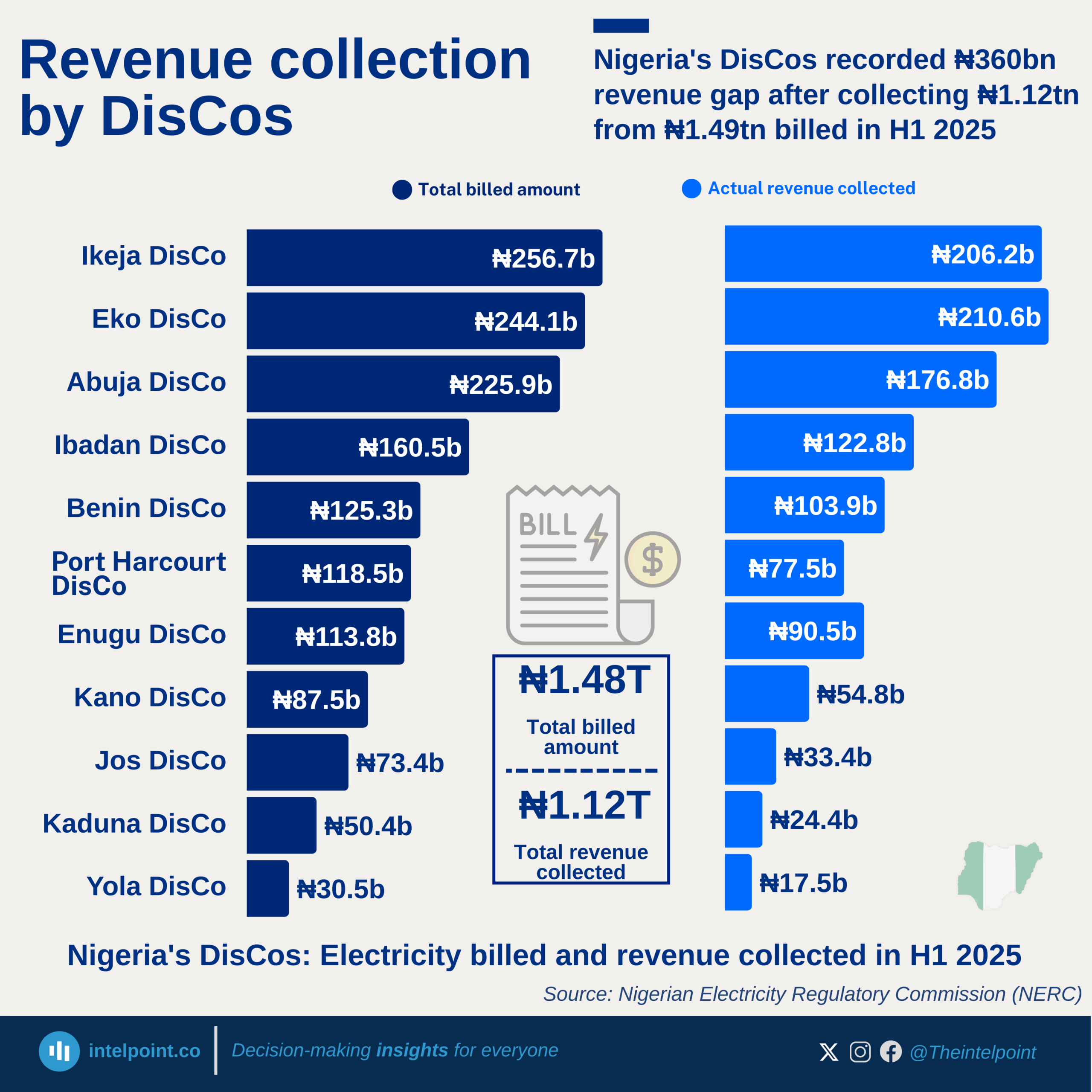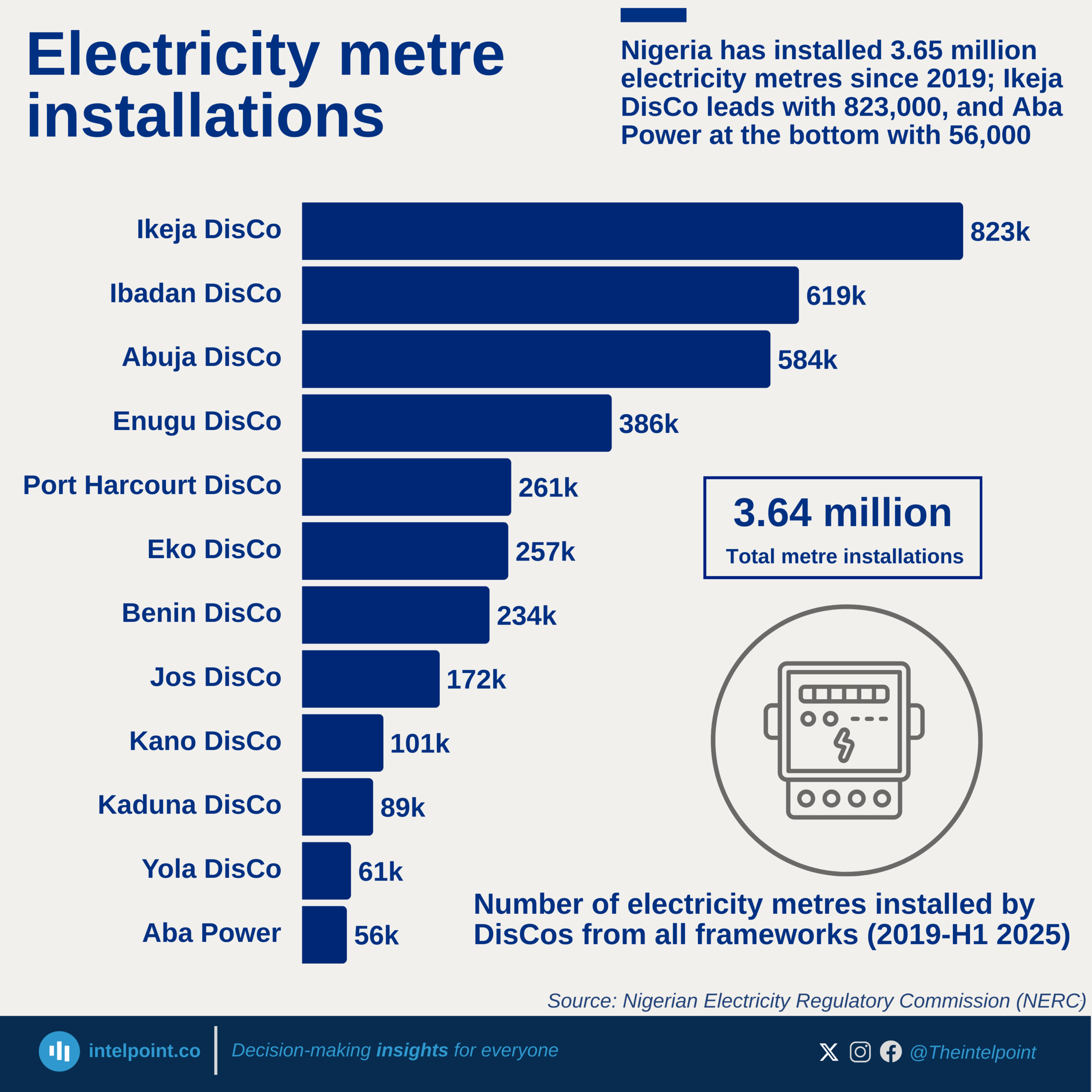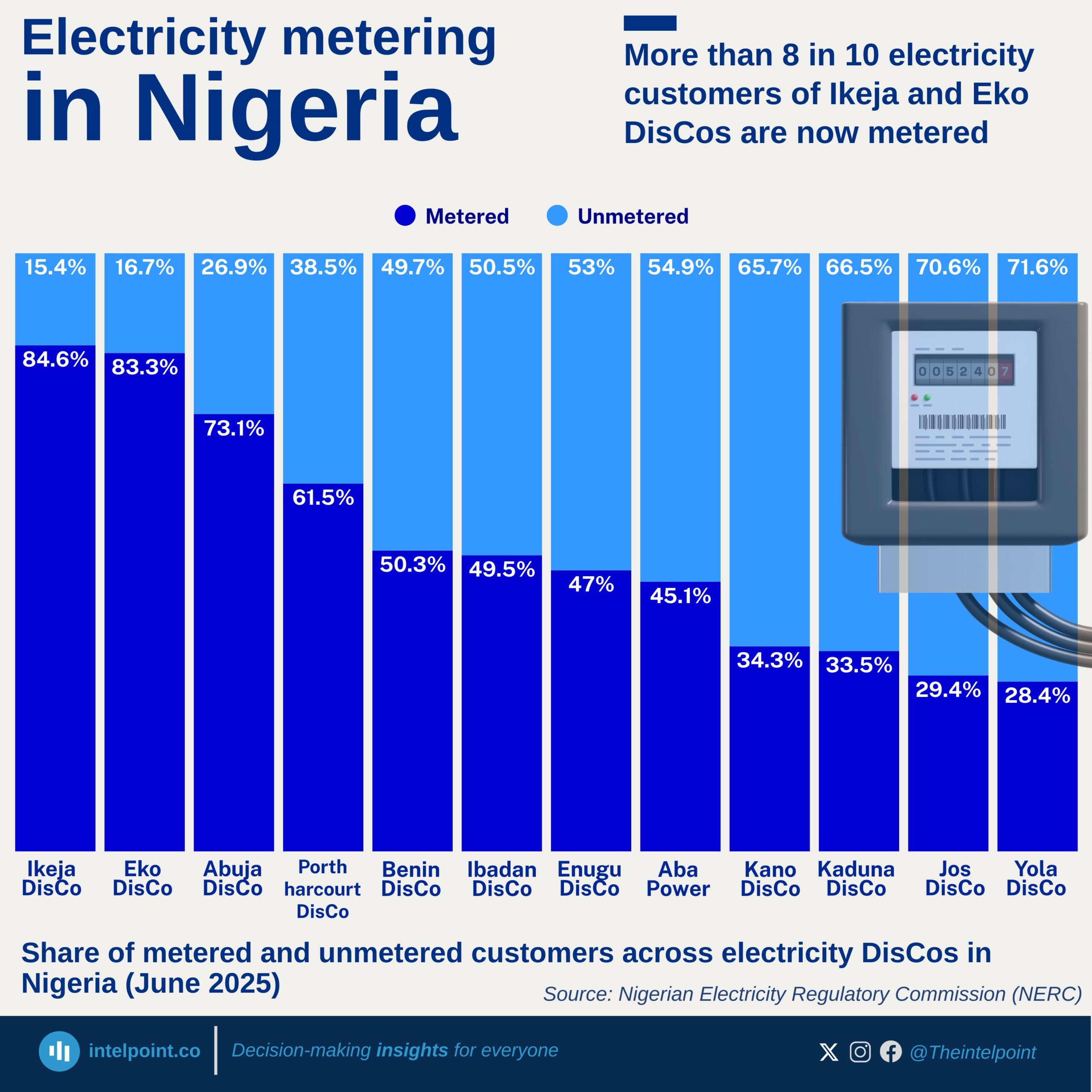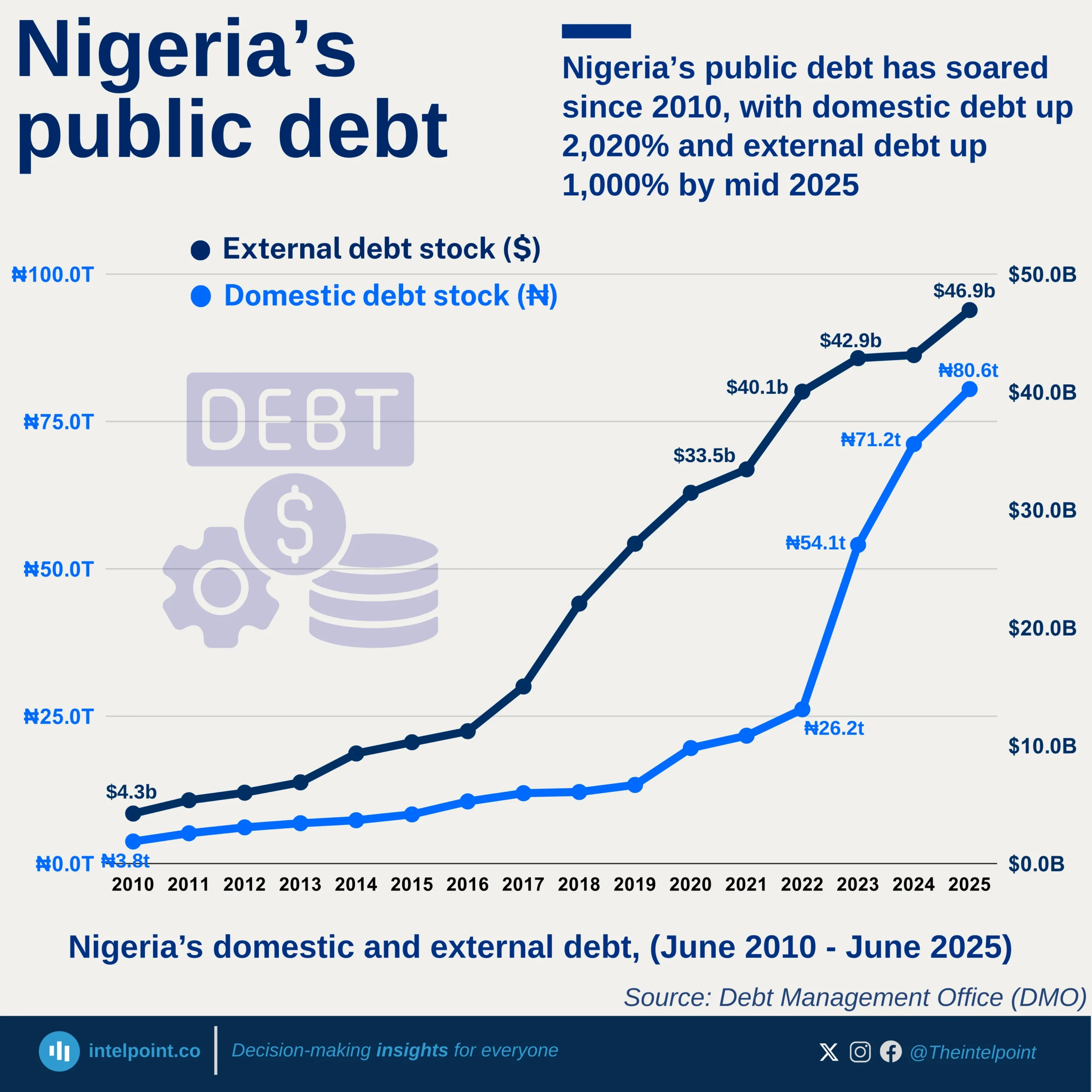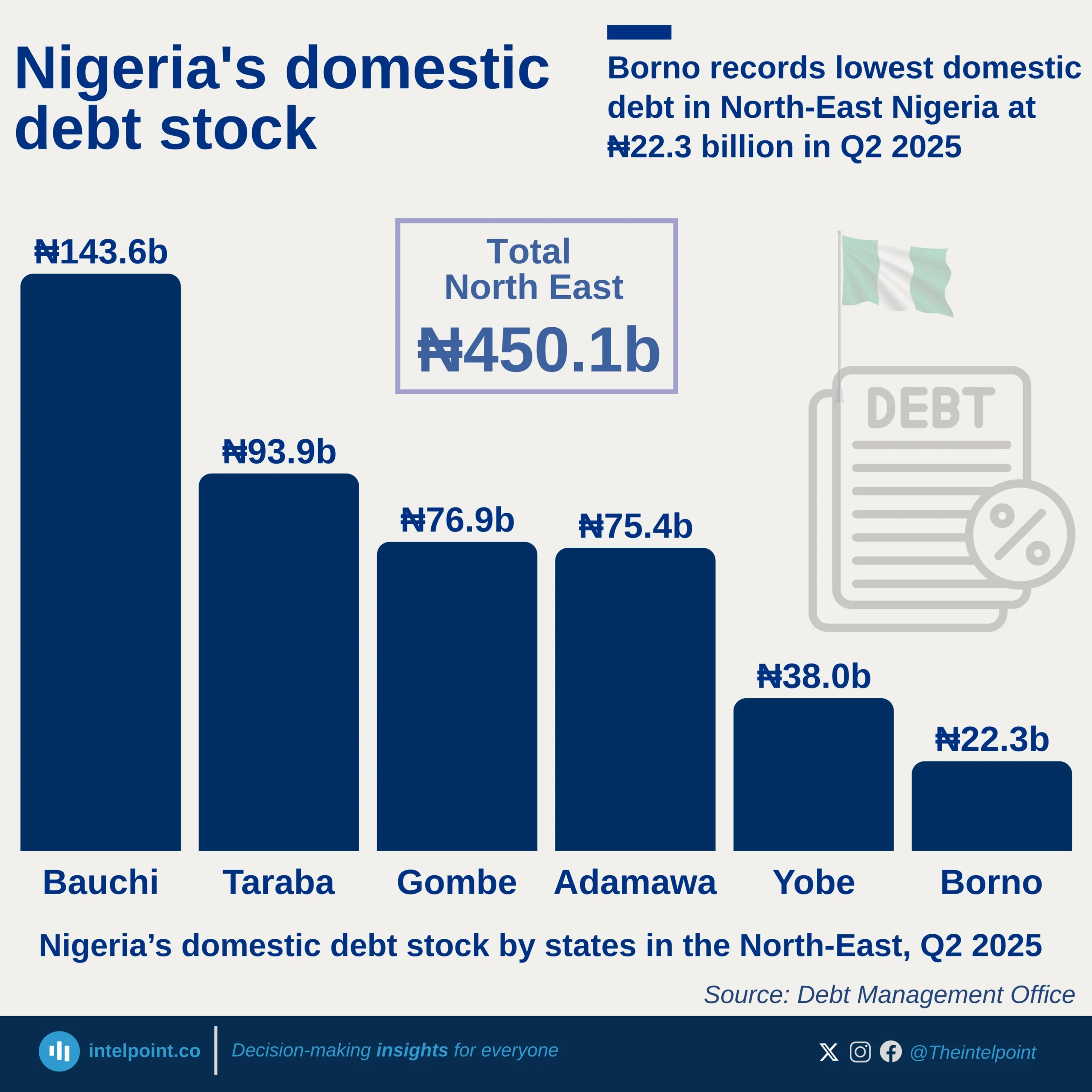Most JAMB candidates have struggled to score 200 or more over the years. In 2013 and 2014, the numbers were especially worrying. Only 11% and 14.5% of students managed to score 200 and above. That meant nearly nine out of every ten fell short. The remaining majority, over 85%, fell below the 200-mark.
A notable shift occurred in 2015 and 2016, where 31.1% and 34.3% of candidates scored above 200, the highest shares recorded across the entire 13-year period. However, this improvement wasn’t sustained. From 2017 to 2024, the share of 200+ scorers mostly hovered between 21% and 27%. Although 2025 showed a modest rebound with 29.3% scoring 200 and above, it still means more than 70% of candidates performed below that benchmark.

